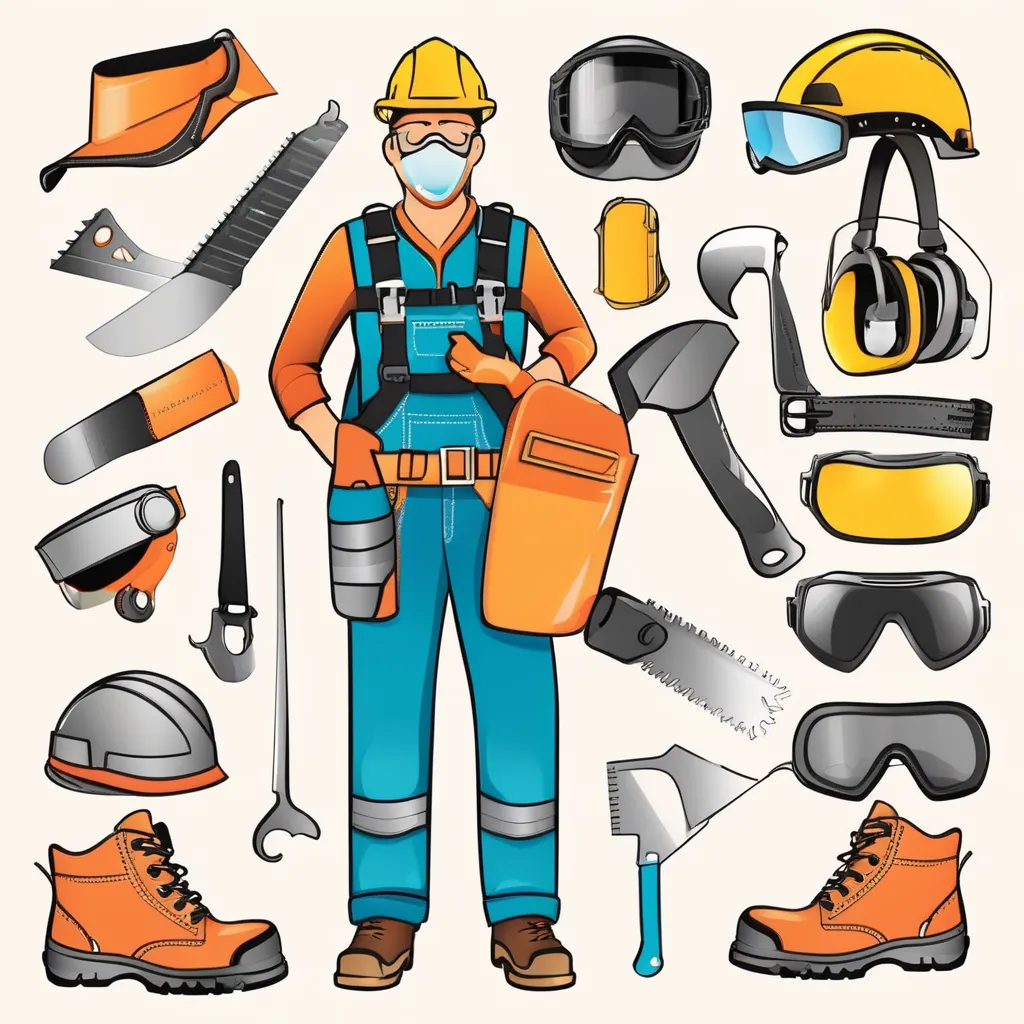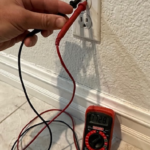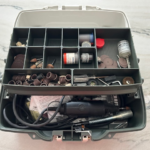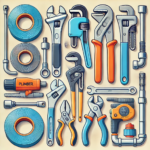Tackling on DIY projects can be an exciting and rewarding experience. However, it’s crucial to prioritize safety to prevent injuries and ensure a successful project. In this guide, we’ll explore the essential DIY safety gear that every DIY enthusiast should have. From protecting your eyes and ears to keeping your hands and lungs safe, we’ve got you covered with the must-have equipment to keep you safe and confident as you tackle your next project.
Common Risks
When diving into DIY projects, it’s essential to be aware of the common risks that come with the territory. Cuts and abrasions are frequent hazards, often resulting from sharp tools or materials. Burns can occur when working with heat or chemicals, while eye injuries are a risk from flying debris or splashes. Hearing damage can result from prolonged exposure to loud power tools, and respiratory issues may arise from inhaling dust, fumes, or toxic chemicals. Additionally, heavy lifting can lead to strains and sprains. Understanding these risks is the first step in ensuring a safe and enjoyable DIY experience.
Essential DIY Safety Gear
- Safety Glasses/Goggles
- Hearing Protection
- Respirators/Masks
- Gloves
- Footwear
- Protective Clothing
- Helmets and Hard Hats
Specialized DIY Safety Gear
- Face Shields
- Knee Pads
- Back Supports
- Tool Belts
- Harnesses
First Aid Kit
No DIY project is complete without a well-stocked first aid kit nearby. Accidents can happen, even with the best safety precautions in place, making it essential to be prepared for minor injuries. Your DIY first aid kit should include basic items such as bandages, antiseptic wipes, adhesive tape, gauze pads, and scissors. Additionally, having tweezers for splinter removal, a cold pack for reducing swelling, and burn cream for minor burns can be incredibly useful. Knowing how to use these items and having a list of emergency contact numbers readily available ensures that you can swiftly and effectively handle any mishaps, keeping your DIY projects safe and stress-free.
Safety Tips for DIY Projects
Safety should always be a top priority when embarking on any DIY project. Start by thoroughly preparing and planning your project, understanding each step before you begin. Familiarize yourself with the proper use of all tools and equipment, reading manuals and following manufacturer instructions. Maintain a clean and organized workspace, ensuring it is well-lit and free of clutter to prevent trips and falls. Wear the appropriate safety gear, including gloves, goggles, and masks, to protect against potential hazards. Take regular breaks to avoid fatigue, which can lead to mistakes and accidents. By following these safety tips, you can create a secure environment that allows you to focus on the creativity and enjoyment of your DIY endeavors.
Conclusion
Prioritizing safety in your DIY projects is not just about preventing injuries—it’s about ensuring that you can enjoy your work with peace of mind and confidence. By equipping yourself with the essential DIY safety gear and following practical safety tips, you create a secure environment that allows your creativity and skills to flourish. Remember, a successful DIY project is one that is completed safely. So, gear up, stay vigilant, and make safety your top priority. Happy DIYing!








Leave a Reply